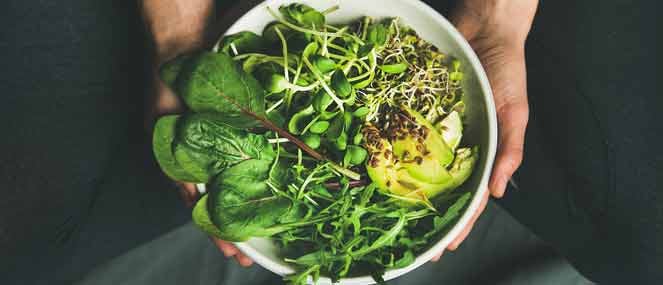
- Health hub/
- Arthritis, joint, bone & muscle/
- New Research Shows Good News for Your Joints


Osteoarthritis affects approximately 1.6 million Australians, and is characterised by degenerative changes in joint cartilage.
Osteoarthritis mainly affects people over the age of 45, is more common in women than men and commonly presents with painful joints that usually worsen with exercise or repetitive use, swelling of the affected joint and creaking, pain and stiffness that restrict movement.
A cross-section study published in the journal BMC Musculoskeletal Disorders, conducted by researchers at King’s College in London and the University of East Anglia, looked at how diet may influence the prevalence of osteoarthritis.
Over 1000 healthy female twins participated in the study. Their diet patterns were assessed using the Food Frequency Questionnaire and x-rays were taken of the hip, knee and spine to look at changes to these joints.
The researchers looked at individual foods that may increase or decrease the risk of osteoarthritis and how compounds in garlic and other members of the allium family, such as onions and leeks, may have a protective effect for the joints.
The research suggested that those participants who had a higher intake of fruit and vegetables, especially garlic and non-citrus fruits, had less evidence of osteoarthritis in the hip.
The research also suggested a compound in garlic and other allium foods, diallyl sulphide, decreased the production of enzymes that damage joint cartilage.
The researchers concluded that there was a possibility that the progression of osteoarthritis, especially of the hip, may be managed with changes to the diet.
The potential of garlic and other members of this plant family that show a potential therapeutic action against osteoarthritis are of particular interest in further research in this area.
References available on request




